Note: This text was created with the help of AI.











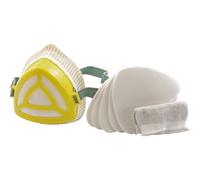










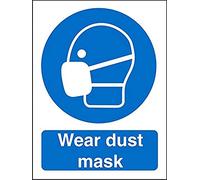



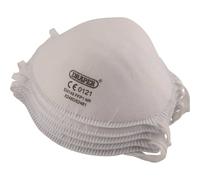







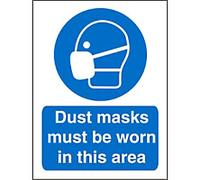




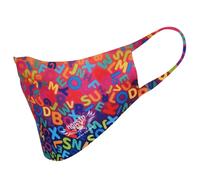
- 1
- 2
- 3
- 4
- 5
- next page
Discover Amazing Offers for Respirator Masks
The length of time you can wear your respirator mask at work depends on many different factors: your exact job, the environment, your work duration, your working conditions, the specific type of mask and your breathing resistance.
Occupational health doctors can usually give you accurate information about the wearing time limits for your job. In general, you should never work with a respirator mask for more than 120 minutes. If you notice that your breathing resistance is too high, you should urgently take a break.
Respirator masks last differently depending on their type, protection class, environment and use. Fine dust masks with particle filters usually last longer than masks with gas filters. Generally, many masks are designed to protect you for only one work shift. That means you only wear them once and then throw them away.
With respirator filters, you can tell if you can only use the filter once or more by a label. The letters NR mean that you should only use the mask for one shift. Filters with the letter R can also be used more often, but only under certain circumstances.
Respirator masks are usually equipped with particle or gas filters. Activated carbon is often used for the gas filters. The activated carbon also functions as a filter, a so-called activated carbon filter. This is used because activated carbon manages to absorb gases and vapours in the environment.
For sanding metal and wood, an FFP 2 mask is usually suitable, but this depends on the material being worked on. If it is hard wood or high-alloy steel, you are better protected with an FFP 3 mask. For painting, you should also choose at least an FFP 2 mask, depending on how regularly you work and what kind of paints you use.
You can divide respiratory protection masks into three so-called FFP protection classes. An FFP 1 mask protects against non-toxic and non-fibrogenic dusts. The FFP 2 mask is used for harmful dusts and also smoke, while masks with FFP 3 protect against toxic, carcinogenic and radioactive substances.
If you are trying to remove mould, you should definitely choose a mask with protection class FFP 3. Here you can be sure that you will not inhale dangerous mould spores. When working with asbestos, you can also use FFP 3 masks, but only if the asbestos concentration is not too high and you do not work for too long. You are better protected here with an insulating full-face mask.
Discover Amazing Offers for Respirator Masks
Are you on the hunt for quality Respirator Masks? Look no further than pricehunter.co.uk, where you can explore a diverse range of options tailored to meet your needs. From basic dust masks to advanced respiratory protection, the offers available will ensure you find exactly what you’re looking for.Types of Respirator Masks
When shopping for Respirator Masks, understanding the various types is crucial. Each type serves different purposes and offers unique features, making it easier for you to select the right one for your needs.- Dust Mask - Ideal for light dust and non-toxic fumes
- Comfortable fit for longer wear time
- Disposable and easy to use
- Good for basic household tasks
Top Brands
Brand reputation plays a significant role in ensuring the quality of Respirator Masks. Familiarizing yourself with leading brands can help you make a more informed choice and trust the product’s effectiveness.- 3M Respiratory Protection - Renowned for high-quality safety gear
- Innovative designs that prioritize comfort
- Wide range of options for various applications
- Trusted by professionals across many industries
Essential Features
When looking for a Respirator Mask, it’s important to focus on key features that enhance usability and safety. These features can differentiate high-quality masks from the rest.- FFP3 Valved Dolomite - Offers exceptional filtration efficiency
- Lightweight materials for all-day wear
- Adjustable straps for a secure fit
- Valved design for reduced heat and moisture buildup
Usage Scenarios
Different tasks require different types of Respirator Masks. Understanding the scenarios in which you will be using the mask helps narrow down your options effectively.- Moldex 5430 CompactMask - Perfect for construction and renovation
- Protects against dust, smoke, and harmful particles
- Great for industrial or DIY projects
- Ideal for people with respiratory conditions needing extra protection
Accessories and Maintenance
Proper care and maintenance of your Respirator Mask, along with the right accessories, can enhance its lifespan and efficacy. Keeping your mask in top condition is essential for your safety.- Moldex CompactMask Maintenance - Ensure optimal performance
- Replacement filters and cartridges may be necessary
- Regular cleaning protocols to ensure safety
- Storage recommendations to prolong mask life
Note: This text was created with the help of AI.